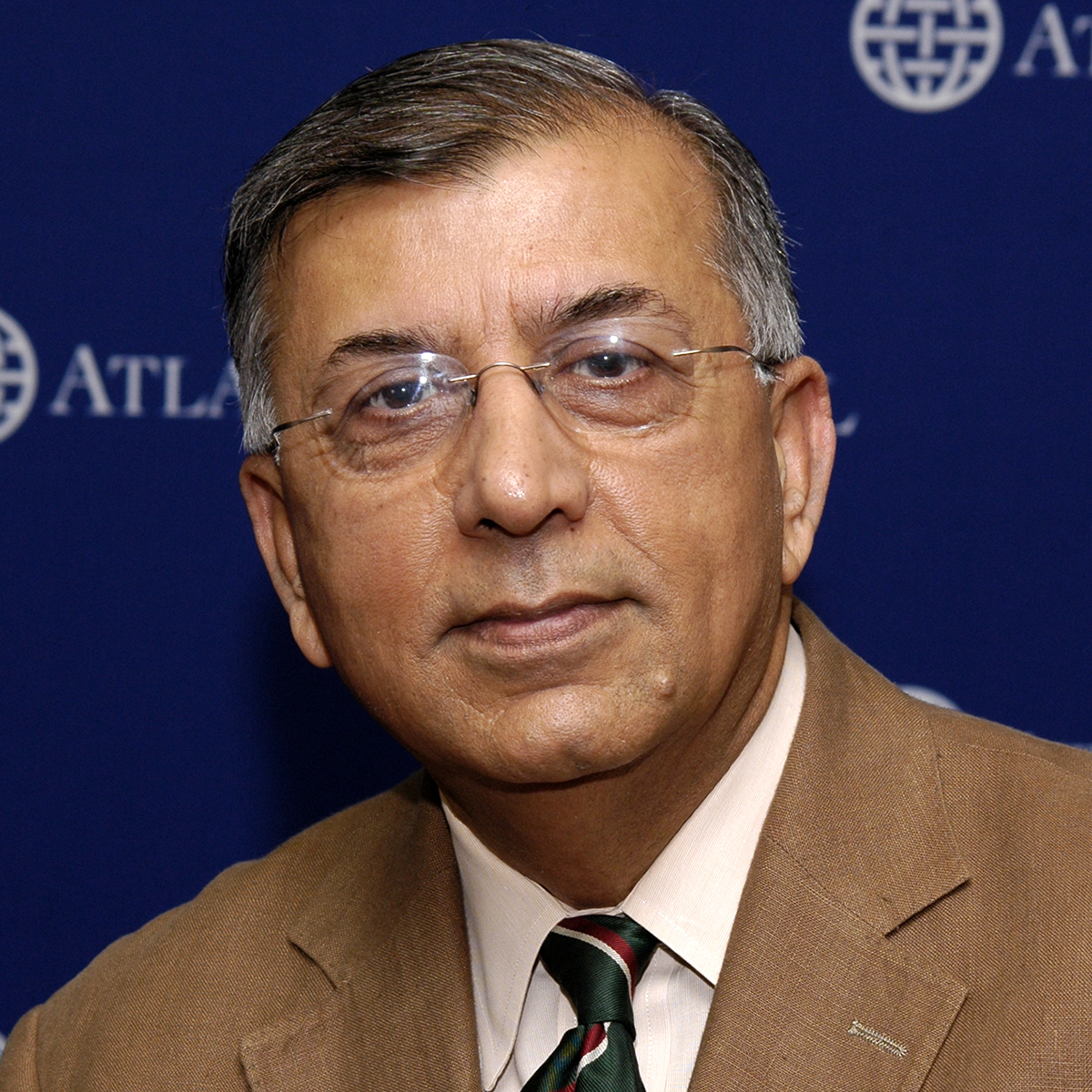Following the reported death of Baitullah Mehsud from an American drone attack, Pakistan faces a number of challenges. Will it be able to take an offensive against the Tehrik-e-Taliban Pakistan (TTP) as it faces disarray? Will it be able to resist the US pressure to “do more” against the Afghan Taliban now that the United States has done Pakistan a big favor by removing Mehsud from the scene? Will it muster the troop strength and the resolve to move against the TTP in South Waziristan, or try using local surrogates again to do the job for it?
How the ruling troika of the president, prime Minister, and army chief resolve these issues will indicate the path of political development in Pakistan in the next fateful year. Each faces major hurdles. President Asif Ali Zardari can rightly take credit for cooperating with the U.S. in its drone attacks on targets in the Federally Administered Tribal Areas. But will he do so publicly? And risk further depleting his dwindling support among the masses? A Gallup Pakistan and Al Jazeera poll released last week indicates his popularity at only 11 percent inside Pakistan. Yet, persistent complaints about the drone attacks by Pakistani officials fuel public anger against the United States. Some 59 percent of those polled consider the United States to be Pakistan’s major threat today, according to the same survey.
Prime Minister Yousaf Raza Gilani appears to be increasingly asserting the position of his office and of parliament, as opposed to the de facto presidential system that Zardari inherited from former President Pervez Musharraf. But Gilani is not ready for prime time. At least not until he gets the nod from the army high command or unequivocal support from former Prime Minister Nawaz Sharif. Sharif is holding back since he does not wish to upset the fledgling political system, allowing the army to step in again.
Army Chief General Ashfaq Parvez Kayani continues to be the key to Pakistan’s political future for the time being. His every conversation and public appearance, including his recent meeting with politico and legal wizard Aitzaz Ahsan, is read by avid political observers with all the fervor of Kremlinologists examining photos of Soviet Union May Day parades. Yet, he too faces a deadline of sorts: In November he completes the second year of his three-year term. During his final year, the jockeying will begin for his succession and deals may be offered to him or to others in the higher command by the current appointing authority, the president. History indicates that each time an army chief has been given an extension or “promoted” to chairman of the Joint Chiefs of Staff in addition to being army chief, or a junior officer has been elevated to the highest rank in the army, the government has faced a coup d’etat in short order. Will Kayani buck history? The Gallup poll indicates only 8 percent support military rule. But army headquarters rarely follows polls. And only rarely do they follow the dictates of the United States.
The Army will be reluctant to open a front against the Afghan Taliban, who have been obtaining sanctuary inside FATA while avoiding conflict with the army. It will be equally reluctant to mount a large ground offensive in South Waziristan at a time when it is still mopping up in Swat and Malakand. The infighting among TTP factions may allow the army to use local rivals to neutralize the TTP to some extent.
But the death of Mehsud may open new fissures inside Pakistan, and between it and the United States, as Pakistani power politics take center stage once more. The scene is set for Grand Tactics yet again, leaving aside the strategic issues that Pakistan needs to be facing in the longer term.
One such issue is the economic challenge of a growing population, and exploding unemployment. The “youth dividend” that former Prime Minister Shaukat Aziz used to talk about as benefitting Pakistan’s economy may become the ball and chain, dragging down the country if the youth bulge of Pakistan’s population cannot be educated nor given jobs. Pakistan’s government desperately needs to address these issues, especially in central and Southern Punjab where the militant Sunni franchisees of Al Qaeda and the TTP have their base and from where they have been recruiting jihadist militants with ease. Otherwise, the wave of fanaticism will be more than Pakistan’s overstretched army could handle.
What can the United States do? It must proceed to deliver rapidly and directly on its promised aid package and ensure that the benefits are spread throughout Pakistan. Aid aimed just at FATA would be seen as only serving US interests in Afghanistan. Nationwide distribution of US assistance will help the United States address the antagonism of the majority of Pakistanis. And it must seriously find a way to include Pakistan in the targeting decisions for the drone attacks. Or this will continue to be seen as America’s war and drag down Pakistan’s political leaders who side with the United States.
There are no easy choices. Nor any quick fixes. Pakistani politics will be in a state of turmoil in the months ahead, and come January the U.S. will be in a new election cycle. Despite his desire to think long term, President Obama then may be forced to make short-term compromises, including perhaps a deviation from Pakistan’s path toward democracy. The time to act is this summer, before the problems become too overwhelming and restrict the choices available to U.S. and Pakistani leaders.
Shuja Nawaz is the director of the South Asia Center of the Atlantic Council. This was the inaugural essay in ForeignPolicy.com’s Afpak Channel.
